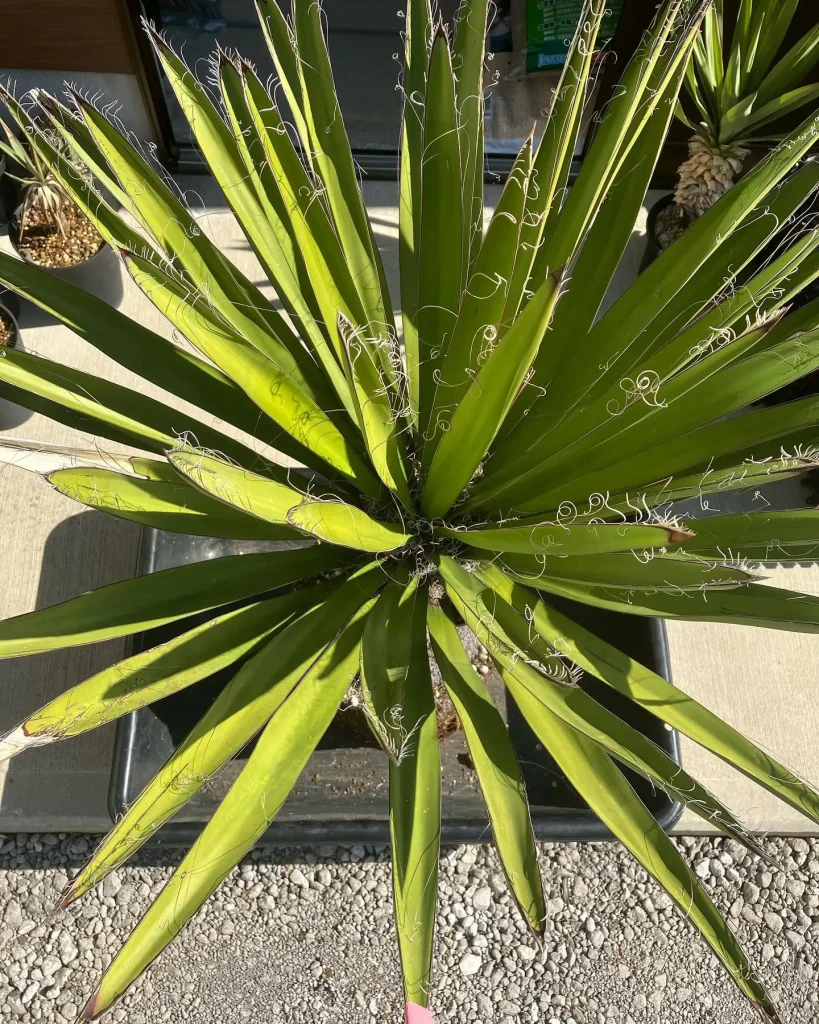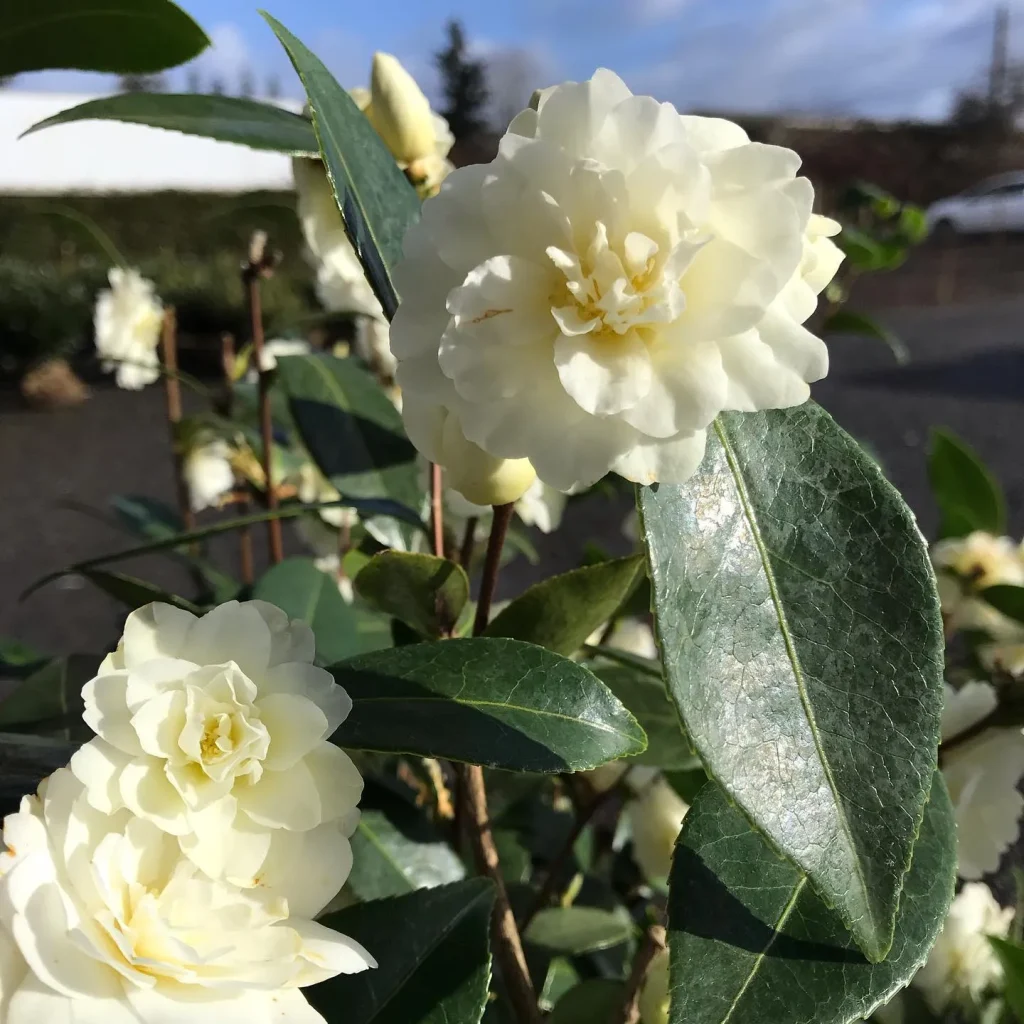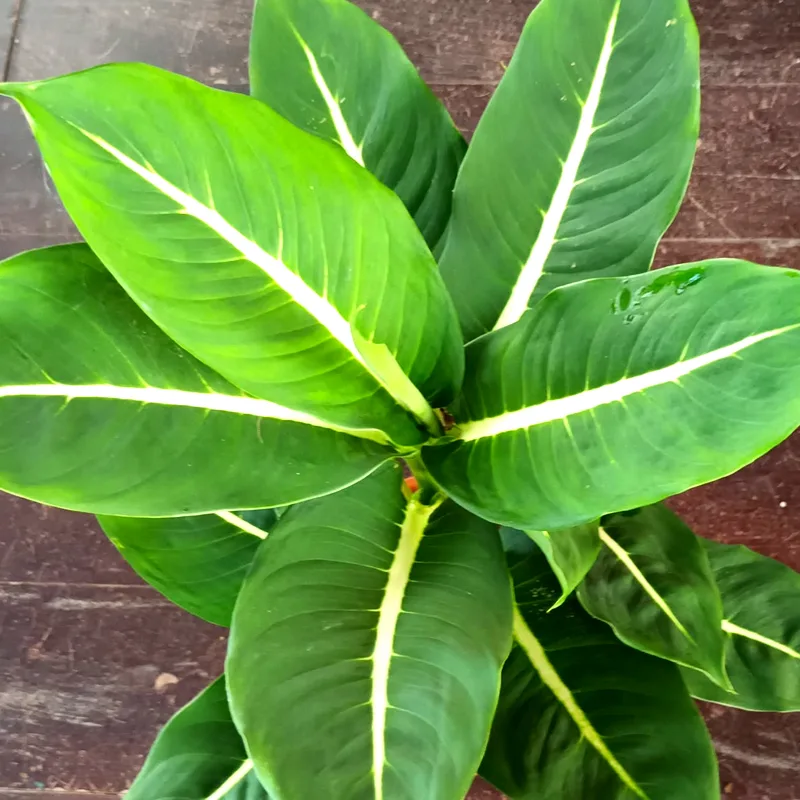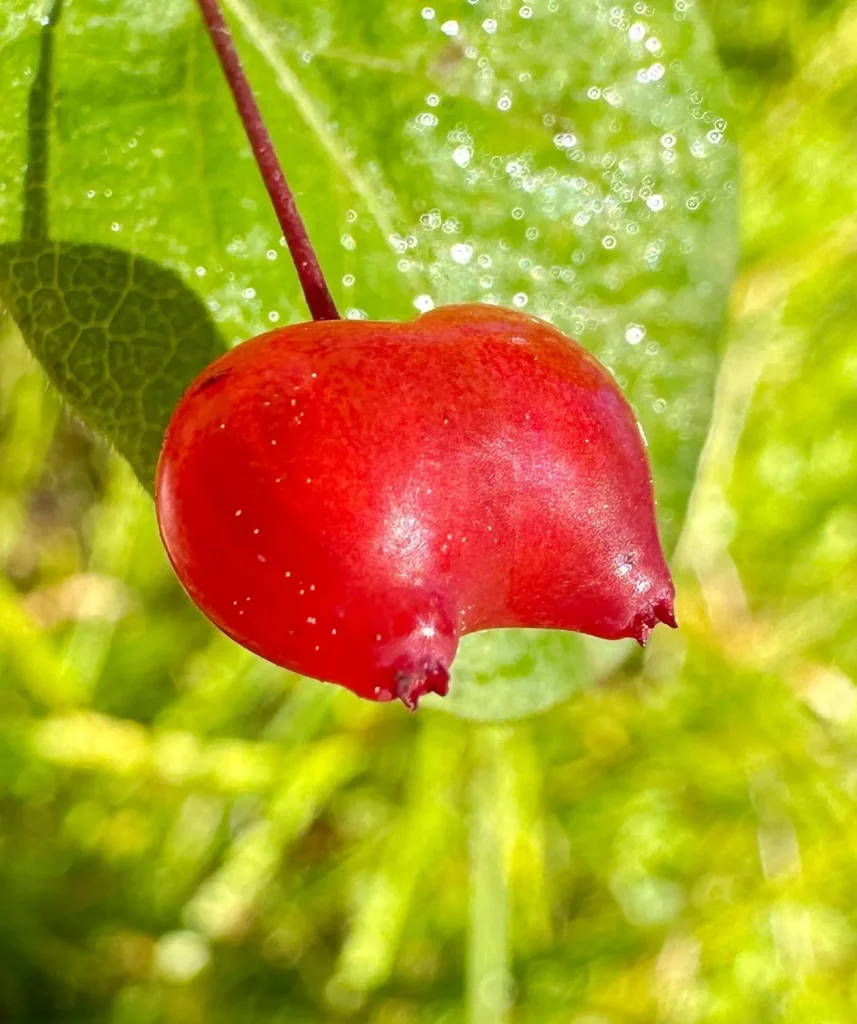
FAQs About Blue Oil Fern
When I first encountered the Blue Oil Fern, I was struck by its unique appearance and lush greenery. This intriguing plant, known scientifically as Microsorum Thailandicum, has become a favorite among fern enthusiasts. If you’re curious about the Blue Oil Fern or considering adding one to your collection, here’s a comprehensive guide addressing some of the most frequently asked questions about its care, propagation, and more.
33 Species in Genus Microsorum
What Is the Blue Oil Fern?
The Blue Oil Fern, or Microsorum Thailandicum, is a distinctive fern known for its vibrant blue-green foliage. It’s native to tropical regions of Thailand and is admired for its hardy nature and striking appearance. The fern’s fronds have a unique texture that resembles oiled leather, giving it its “blue oil” moniker. Its robust nature makes it an excellent choice for both beginners and seasoned plant enthusiasts.
How to Care for the Blue Oil Fern?
Caring for the Blue Oil Fern requires understanding its specific needs. Here are some essential care tips to keep your fern thriving:
- Light: Blue Oil Ferns prefer bright, indirect light. Direct sunlight can scorch their delicate fronds, so it’s best to place them in a spot where they receive filtered light or partial shade.
- Water: These ferns like consistently moist soil, but they don’t tolerate waterlogging. Water the fern when the top inch of soil feels dry. Ensure the pot has good drainage to prevent root rot.
- Humidity: Being a tropical plant, the Blue Oil Fern thrives in high humidity. Regular misting or a humidity tray can help maintain the moisture levels it needs.
- Temperature: Ideal temperatures for this fern range between 60°F and 75°F (15°C to 24°C). It’s best to avoid exposing it to temperatures below 50°F (10°C).
- Soil: A well-draining potting mix rich in organic matter is ideal. A mixture of peat, pine bark, and perlite works well to create the right environment for root health.
How to Propagate the Blue Oil Fern?
Propagating the Blue Oil Fern can be a rewarding process. There are a few methods to consider:
- Spores: One way to propagate the Blue Oil Fern is through spores. Collect the spores from mature fronds and sow them on a suitable substrate. Keep the substrate moist and in a warm, humid environment until the spores germinate and grow into new ferns.
- Division: Another effective method is dividing the plant. Gently remove the fern from its pot and separate the rhizomes into smaller sections, each with a few roots and fronds. Replant these divisions in separate pots with fresh soil. This method usually produces faster results compared to spore propagation.
What Are Blue Oil Fern Spores?
Blue Oil Fern spores are the reproductive bodies of the plant that can be used for propagation. These tiny, dust-like particles are found on the undersides of mature fronds. To harvest the spores, allow the fronds to mature until the sporangia (spore cases) are ready to release them. Once collected, the spores can be sown on a moist, sterile substrate to grow new ferns.
What to Plant with Blue Oil Ferns?
Blue Oil Ferns pair well with a variety of other tropical plants. Consider combining them with plants that share similar care requirements:
- Orchids: Their need for high humidity complements the Blue Oil Fern’s requirements.
- Bromeliads: They provide a colorful contrast and thrive in similar light conditions.
- Peace Lilies: Their lush foliage can enhance the tropical look of your fern display.
Blue Oil Fern Mature Care
As the Blue Oil Fern matures, its care requirements remain relatively consistent. However, mature ferns may need more frequent watering and occasional feeding. Use a balanced, water-soluble fertilizer diluted to half strength once a month during the growing season to support continued growth.
Conclusion
The Blue Oil Fern, with its striking appearance and hardy nature, makes a fantastic addition to any plant collection. Understanding its care requirements, propagation methods, and ideal plant companions can help ensure it remains a healthy and beautiful part of your home. Whether you’re a seasoned gardener or new to ferns, the Blue Oil Fern is sure to impress with its unique charm and resilience.
If i die, water my plants!



